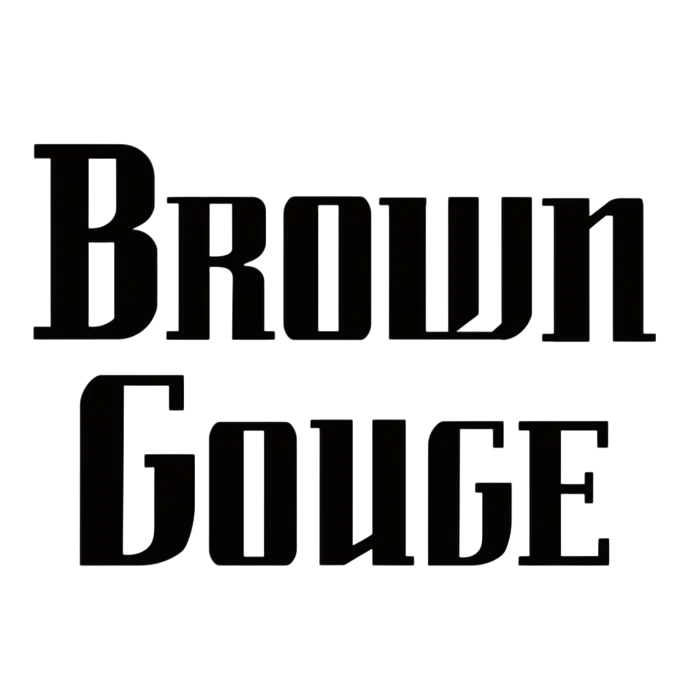The home organization market has exploded with DIY closet solutions promising professional results at a fraction of the cost. Yet, 73% of homeowners who attempt complex closet renovations themselves end up calling professionals to fix installation errors, structural problems, or design failures that cost more than hiring experts initially would have. Understanding when DIY approaches work effectively versus when professional installation becomes essential protects both your investment and your home’s value.
The decision between professional and DIY installation depends on project complexity, available time, skill level, and long-term expectations. Making the correct choice prevents costly mistakes while ensuring satisfaction with your storage investment.
DIY Closet Projects: Where Homeowners Succeed
Simple closet organization projects offer excellent opportunities for hands-on homeowners to improve storage while developing valuable skills. Understanding which projects are suitable for DIY approaches helps maximize success while avoiding frustrating failures.
Basic reach-in closet updates represent ideal DIY territory. Installing additional shelving, adding hanging rods, and organizing existing space require minimal tools and technical knowledge while providing substantial improvements. Most homeowners can complete these projects in a weekend with basic measuring and drilling skills.

Wire shelving systems designed for DIY installation offer modular flexibility that accommodates measurement errors while providing substantial storage improvements. These systems forgive minor installation mistakes while delivering functional results that justify the learning investment.
Simple organization accessories, such as drawer dividers, shoe racks, and hanging organizers, require no installation expertise while providing immediate storage benefits. Closet lighting upgrades using battery-powered LED strips eliminated electrical complexity while significantly enhancing closet usability.
Professional Installation: Complex Projects Requiring Expertise
Specific closet projects require professional expertise that amateur installers cannot provide safely or effectively. Recognizing these situations prevents costly mistakes and ensures optimal results that justify the investment in quality storage systems.
Walk-in closet renovations involve structural considerations, electrical planning, and precise measurements that often exceed the capabilities of typical DIY projects. Professional installers assess load-bearing requirements, plan lighting integration, and ensure installations meet building codes while maximizing storage efficiency and ensuring compliance.
Custom cabinetry installation requires specialized tools, joining techniques, and finishing expertise that take years to develop and master. Professional cabinet installers ensure proper alignment, smooth operation, and attractive finishes that amateur installers rarely achieve consistently.
Structural modifications, such as removing walls or relocating electrical systems, require professional expertise and often necessitate building permits that homeowners cannot obtain independently—heavy-duty storage systems that support substantial weight loads require a rofessional assessment oof e wall structure and proper anchoring techniques.
For homeowners considering professional installation, ArrangeWise’s installation teams provide expertise in complex closet projects, ensuring quality results that maximize storage investments.
Cost Analysis: True Investment Comparison
Accurate cost comparison between DIY and professional installation requires analysis of total project costs, including materials, tools, time investment, and potential correction expenses. Understanding these factors enables informed decisions that optimize both budget and results.
DIY material costs often exceed expectations when quality components and necessary tools are included. Professional installers benefit from wholesale pricing and bulk purchasing that individual homeowners typically cannot access, resulting in comparable material costs despite the markup.
Acquiring tools for complex projects can represent a substantial investment in equipment that is used only once. Time investment calculations reveal hidden costs when hourly wages are applied to DIY project time. Complex closet installations often require three to four times longer for amateur installers compared to professionals.
Mistake correction costs can eliminate DIY savings when installation errors require professional intervention. Structural damage, improper installations, or design failures often cost more to correct than an initial professional installation would have required.
Safety Considerations and Building Codes
Home improvement projects must comply with building codes and safety standards that protect occupants while maintaining insurance coverage. Understanding these requirements helps determine when professional expertise becomes legally necessary.
Electrical work for closet lighting, outlets, and automated systems requires licensed professionals in most jurisdictions. Amateur electrical installations create fire hazards while violating codes that can affect insurance coverage and the home sale process.

Structural modifications that affect load-bearing elements require a professional engineering assessment and the proper issuance of permits. Weight-bearing installations must account for wall construction, stud spacing, and load distribution that amateur installers often miscalculate.
Code compliance ensures projects pass inspection while maintaining property value and insurance coverage. Professional installers understand current codes and obtain the necessary permits to protect homeowners from legal complications.
Technology Integration Challenges
Modern closet systems are increasingly incorporating technology that complicates installation and requires specialized knowledge for optimal integration. Understanding these challenges helps determine when professional expertise becomes essential.
Intelligent lighting systems require electrical knowledge, app configuration, and integration planning that exceed basic DIY capabilities. Automated storage systems involve mechanical components, electrical integration, and precision installation that demand professional expertise.
Climate control integration for valuable storage areas requires HVAC knowledge, electrical work, and system balancing that amateur installers cannot provide. Security system integration involves electrical work, network configuration, and system programming that require specialized knowledge.
For technology-integrated closet solutions, custom closet design professionals offer expertise in innovative storage systems, ensuring optimal performance and user satisfaction.
Time Investment and Project Management
Realistic time assessments reveal the hidden costs of DIY projects while highlighting the efficiency advantages of professional installation. Understanding these factors enables informed decisions about project approach and scheduling.
Planning and design time often exceeds homeowner expectations as complex projects require detailed layouts, material lists, and installation sequences. Professional designers complete this phase efficiently, ensuring optimal results through their experience and systematic approaches.
A comparison of installation timelines reveals dramatic differences between amateur and professional completion times. Complex closet projects may require weeks for DIY completion, compared to days for professional installation, which can impact household disruption and overall project satisfaction.
Cleanup and disposal considerations add time and cost to DIY projects, whereas professional installers typically include these services in their project pricing.
Material Selection and Quality Considerations
Professional installers provide access to commercial-grade materials and industry expertise that amateur installers cannot match. Understanding these advantages helps evaluate the actual value of a project beyond simple cost comparisons.
Commercial hardware specifications exceed retail quality while providing the reliability essential for daily-use storage systems. Bulk purchasing enables professionals to offer premium materials at competitive pricing while ensuring compatibility across all system components.
Warranty coverage through professional installation protects both materials and artistry, while amateur installations typically void manufacturer warranties. This protection represents substantial value that justifies professional investment.
Design Optimization and Space Planning
Professional design expertise maximizes storage efficiency while creating attractive, functional spaces that amateur planners often struggle to achieve. Understanding these advantages helps evaluate the complete value of professional services beyond simple installation.

Space utilization analysis by professional designers identifies opportunities that amateur planners overlook while avoiding configurations that create accessibility or functionality problems. Ergonomic considerations ensure that storage systems accommodate user height, reach, and mobility needs while maintaining an attractive appearance.
Traffic flow planning prevents storage configurations that create bottlenecks or accessibility problems while maximizing storage capacity. Integration with existing architecture ensures storage systems complement home design while addressing structural limitations.
Conclusion
The decision between DIY and professional closet installation depends on project complexity, available skills, and long-term expectations rather than simple cost comparison. Simple organization improvements and basic installations represent excellent DIY opportunities, while complex systems requiring structural work, electrical integration, or precision installation benefit from professional expertise. Professional installation offers expertise and high-quality results that justify investment in complex projects, which significantly impact our value and daily functionality. Understanding personal limitations while accurately assessing project requirements enables optimal decisions that balance cost control with quality results.
For homeowners evaluating professional installation options, consulting with experienced installation professionals ensures informed decisions and access to expertise that maximizes storage investments and prevents costly mistakes.





